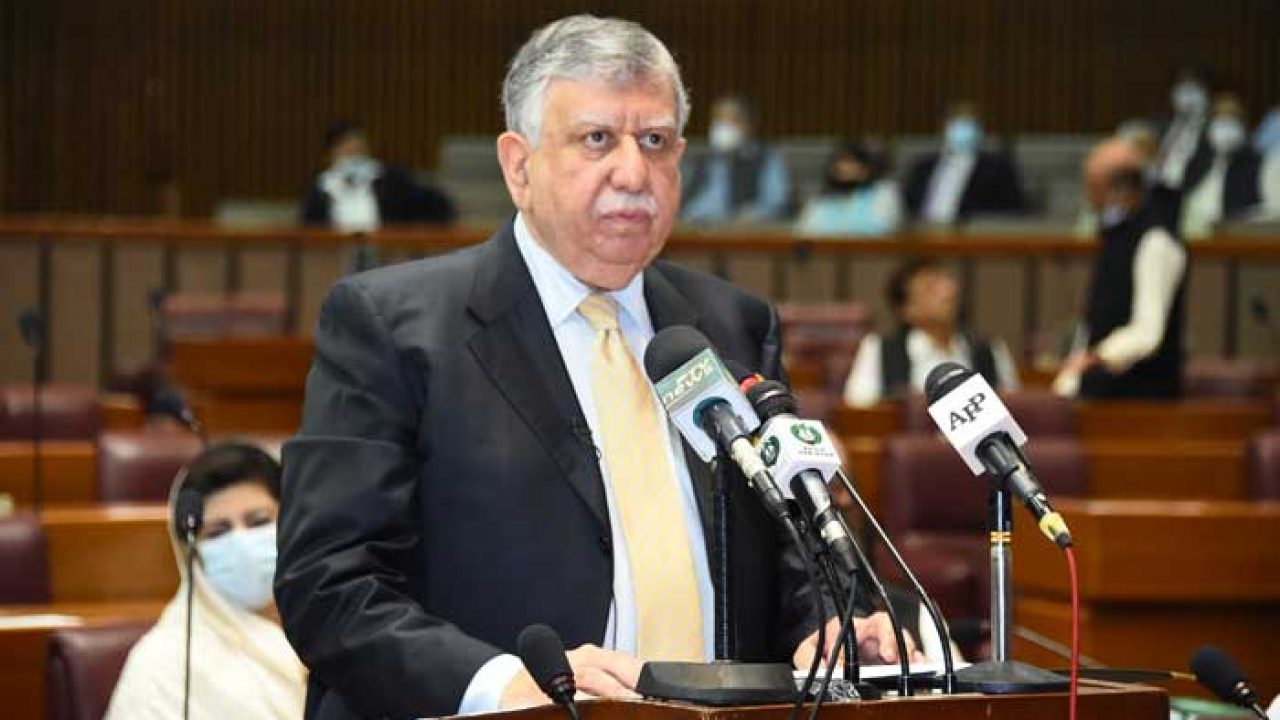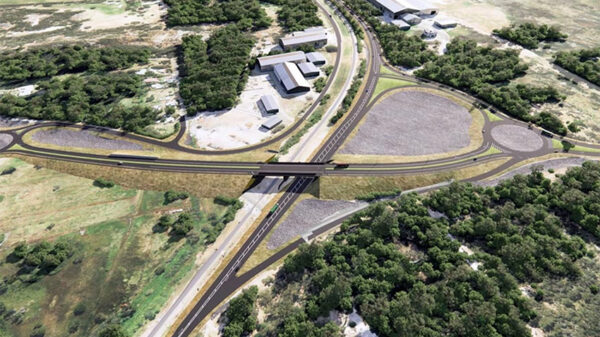As Prime Minister Imran Khan’s government enters the home- stretch, Pakistan’s economic wellbeing depends largely on the pleasure of the International Monetary Fund (IMF) – and so does smooth political sailing for the government, given that economic hardship automatically translates to political turbulence.
Pakistan needs the IMF on its side with an active or in-recess programme to sail through tough domestic and global economic conditions.
During the current fiscal alone, Pakistan needs inflows to the tune of USD 90 billion to meet its various outflow obligations – imports, debt repayments, etc. The coming years would be no different.
Many non-IMF funding avenues – particularly those afforded by the World Bank, Asian Development Bank, Islamic Development Bank, international bonds and many other bilateral sources – are strongly linked to the Fund’s blessing. Without IMF support, most if not all of these sources of funding would dry.
The IMF’s support is in turn dependent, directly or indirectly, on Islamabad playing ball Washington over Afghanistan.
Pakistan’s extended fund facility (EFF) with International Monetary Fund (IMF) is currently ‘in recess’, in Finance Minister Shaukat Tarin’s words, who despite this recess believes that Fund programme is hale and hearty.
As we go to the press, the two sides are in talks for a possible revival of the USD 6-billion programme by the executive board in time for the IMF-World Bank annual meetings (11-17 October 2021).
The parties, however, have to bridge the gaps over power sector revival and constituency-targeted flagship Kamyab Pakistan Programme worth PKR 1.6 trillion for the next couple of years.
The authorities appear comfortable on the third point – revenue side, emboldened by over the 22 percent revenue growth recorded in July. And that is what Mr Tarin would like to sell during negotiation – look we are performing more than we committed to deliver PKR 5.8 trillion revenues, give us time to perform in power sector too.
Mr Tarin has a point here. He believes a tariff hike would be counterproductive, rendering the industry uncompetitive, adding inflationary pressure on poor and common people, encouraging tax evasion increasing losses.
The government, therefore, should be allowed a grace period of probably up to two years to absorb the surplus power capacity through growth in economy. Incidentally, that dovetails nicely into the PTI government’s political calculations.
During this grace period, he argues, the power distribution companies could be improved through reduction in losses and some sort of moratorium on power sector debt repayments. But this is not an easy thing to do.
Pakistan also needs to allay the Fund’s concerns about the Kamyab Pakistan Programme. The questions pertain to the capacity of partner financial institutions and whether or not the government’s guarantee would cover 100 percent of the risk, or if this huge exposure could be a threat to financial and banking sector stability.
The Finance Minister says that the KPP would not be rolled back as it’s the first-ever initiative taken for the poor and lower and middle classes. He asserts all risk mitigation measures have been put in place.
He points out that non-governmental agencies like Akhuwat, NRSP, and Kashf have a proven track record and have even delivered 99 percent recovery rate during Covid-19 assistance.
There would also be a proper oversight mechanism. For banks, the SBP would ensure its monitoring and audit activities. Mr Tarin concedes that the geopolitical situation is not in Pakistan’s favour in terms of IMF’s engagement as had been a few years ago.
It does not help that Pakistan’s economy is still in deep doldrums. The current account deficit (CAD) has returned with a vengeance after initial two years of surplus propagated by the government as the single biggest achievement.
However, Mr Tarin argues that the USD 1.6 billion deficit suffered in June was a seasonal surge. He hopes CAD would remain 2 to 3 percent of GDP at the end of the year as estimated by the State Bank of Pakistan.
Mr Tarin projects all inflows for the current fiscal to come to about USD 90-92 billion. This includes proceeds from exports, remittances, Roshan Digital Accounts, foreign direct investment, bilateral loans, and market based bonds.
Total outflows including debt repayments and imports – are projected to overshoot this amount by USD 2 to USD 2.5 billion. Hence, while not negligible, the CAD will be manageable.
He, however, agrees that there are still higher risks on the external account given uncertainty over the direction of international oil prices and commodity prices as Pakistan continues to rely heavily on food imports – wheat, sugar, palm oil and pulses – which are not only a drain on the foreign exchange reserves but also result in imported inflation.
This, however, shows that external account projections assumed in the federal budget 2021-22 are turning out to be unrealistic within the first quarter of the fiscal year. For example, the annual plan 2021-22 had projected the CAD to be at 0.7 percent of GDP in 2021-22 with projected growth of exports and imports at 6.5 percent and 9.5 percent, respectively.
It is against this background that the government has now revived the Monetary and Fiscal Policy Coordination Board for adjustments in designing and executing policies to achieve economic targets and overcome the possible risks.
In recent days, the government has given initial hints at checking non-essential imports as commerce division anticipates imports going beyond USD 70 billion as the rupee slid against the dollar by over 8 percent in less than three months. Even an additional, unconditional injection of USD 2.75 billion by the IMF and has not been able to stop the slide.
The Prime Minister now requires the Finance Minister to present latest exter- nal account projections on a monthly basis along with policy adjustments to avoid surprises.
The situation strongly suggest the government’s latest estimates about exports, imports, and foreign direct investment are not in agreement with the budget estimates. What is more, the latest estimates by Planning Commis- sion, Commerce Division, and the State Bank of Pakistan show significant mutual variance.
As a result, the first month trade deficit had widened by almost 86 percent to USD 3.1 billion this year as imports jumped by 48 percent to USD 5.4 billion while exports increased by only 16.4 percent to USD 2.3 billion when compared to same month last fiscal.
The central bank estimates imports at USD 64 billion while Commerce Division expects it at USD 70 billion. The SBP expects exports at USD 27 billion for current year against USD 30 billion being projected by the Commerce Division. Based on this, the SBP is keeping the CAD range between USD 6.5 billion to USD 9.5 billion while Finance Division at USD 13 billion – almost the same as seen in PTI’s first year in power.










